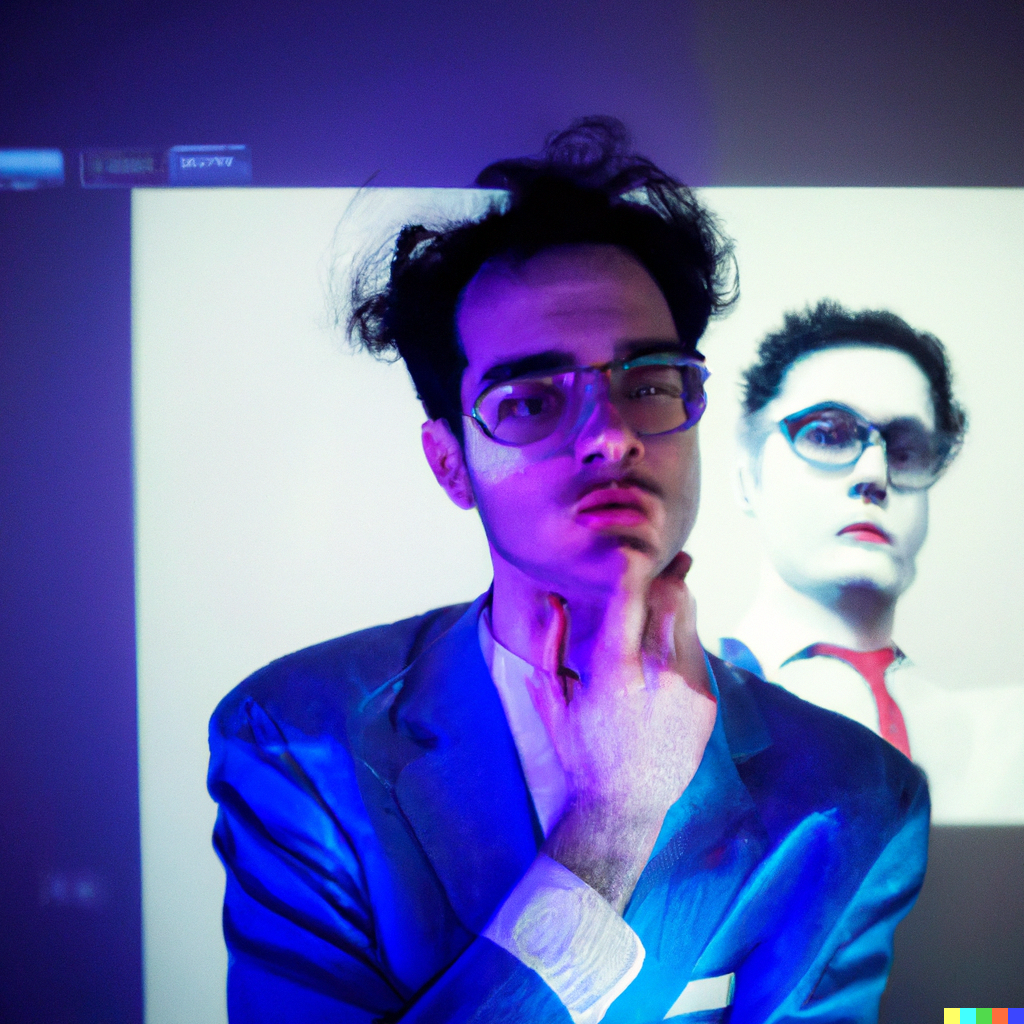
As the threat of deepfake technology continues to grow, experts are working tirelessly to develop methods and techniques to detect and expose manipulated media. In this blog post, we will explore some of the approaches that experts employ to identify deepfakes. You don’t need to be an expert to spot them. By understanding these methods, we can all better equip ourselves to navigate the increasingly complex landscape of digital authenticity.
- Facial and Body Movement Analysis:
Deepfakes often exhibit subtle anomalies in facial and body movements that can be challenging for human perception to identify but are detectable through advanced algorithms. Experts analyze key facial features, eye movements, lip-syncing accuracy, and body posture to look for inconsistencies or unnatural behavior that may indicate manipulation. You can spot them yourself, and it does take some dedicated observation. You would look for slight mismatches in facial expressions, unusual eye movements, discrepancies in lip movements, and inconsistencies in body language. These things are nuanced, and you may not see them immediately, but if you watch carefully, something just doesn’t “feel right.” - Forensic Analysis of Artifacts:
Deepfake generation can leave behind distinct artifacts or irregularities in the manipulated media. Experts use forensic techniques to scrutinize images or videos for discrepancies in pixel patterns, color gradients, noise levels, and compression artifacts. These irregularities can indicate tampering or the presence of deepfake manipulation. Most of these techniques are detected using special software, but it stands to reason that as AI in general becomes more widely available, and as deepfakes become more common, several developers will make deepfake detection software available for layperson use. I’m betting there will be web-based tools that you can run a link through or upload an image to for a quick analysis. For example…. - Machine Learning and AI Algorithms:
Machine learning algorithms play a significant role in deepfake detection. Experts train models on vast datasets of both real and synthetic media to learn patterns associated with manipulated content. These models can then be used to analyze new media and compare it against known deepfake characteristics. Continuous training and refinement of algorithms are crucial to keep pace with evolving deepfake techniques. - Data and Metadata Analysis:
Experts often examine the metadata and data traces associated with media files to identify potential signs of manipulation. This includes analyzing timestamps, file compression details, EXIF data, and other metadata to determine if the media has undergone alteration or originated from unreliable sources. The original creation of a piece of content leaves clues, as does every alteration afterward. Often experts can tell if an item has been altered by what’s not showing, because certain things should show changes. - Reverse Engineering and Source Analysis:
In some cases, experts employ reverse engineering techniques to trace the origins of deepfakes or identify the tools and methods used for their creation. By understanding the underlying technologies and processes employed by deepfake creators, experts can develop countermeasures and detection mechanisms. Again, this is professional-grade expertise and specific toolsets, but we should expect that organizations that engage in this practice will become more common. - Collaboration and Research:
Addressing the deepfake challenge requires a collaborative effort. Experts from various disciplines, including computer vision, machine learning, cybersecurity, and digital forensics, collaborate on research and share insights. This collective effort helps in the development of new detection methods, the sharing of datasets, and the establishment of benchmarks to assess the effectiveness of different techniques. Much like the database of known exploitative images used to identify child pornography, we can expect that before too long, someone will start a database of known deepfakes and develop an easy-to-use method of comparison. The algorithms won’t have to identify perfect matches, because deepfakers will make small changes that will change the fingerprint, or hashes of the files. A comparison resulting in a percentage over a certain percentage will be identified as a deepfake.
Detecting deepfakes with absolute certainty is a complex task that demands expertise, cutting-edge technology, and ongoing research. By employing facial and body movement analysis, forensic analysis of artifacts, machine learning algorithms, data analysis, reverse engineering, and fostering collaboration, experts strive to uncover manipulated media and expose deepfakes. However, it is important to note that deepfake technology continues to evolve, and the arms race between detection and creation techniques persists. Staying informed about the latest developments and relying on a multi-faceted approach involving both technical expertise and user awareness is crucial in the ongoing fight against deepfakes.
